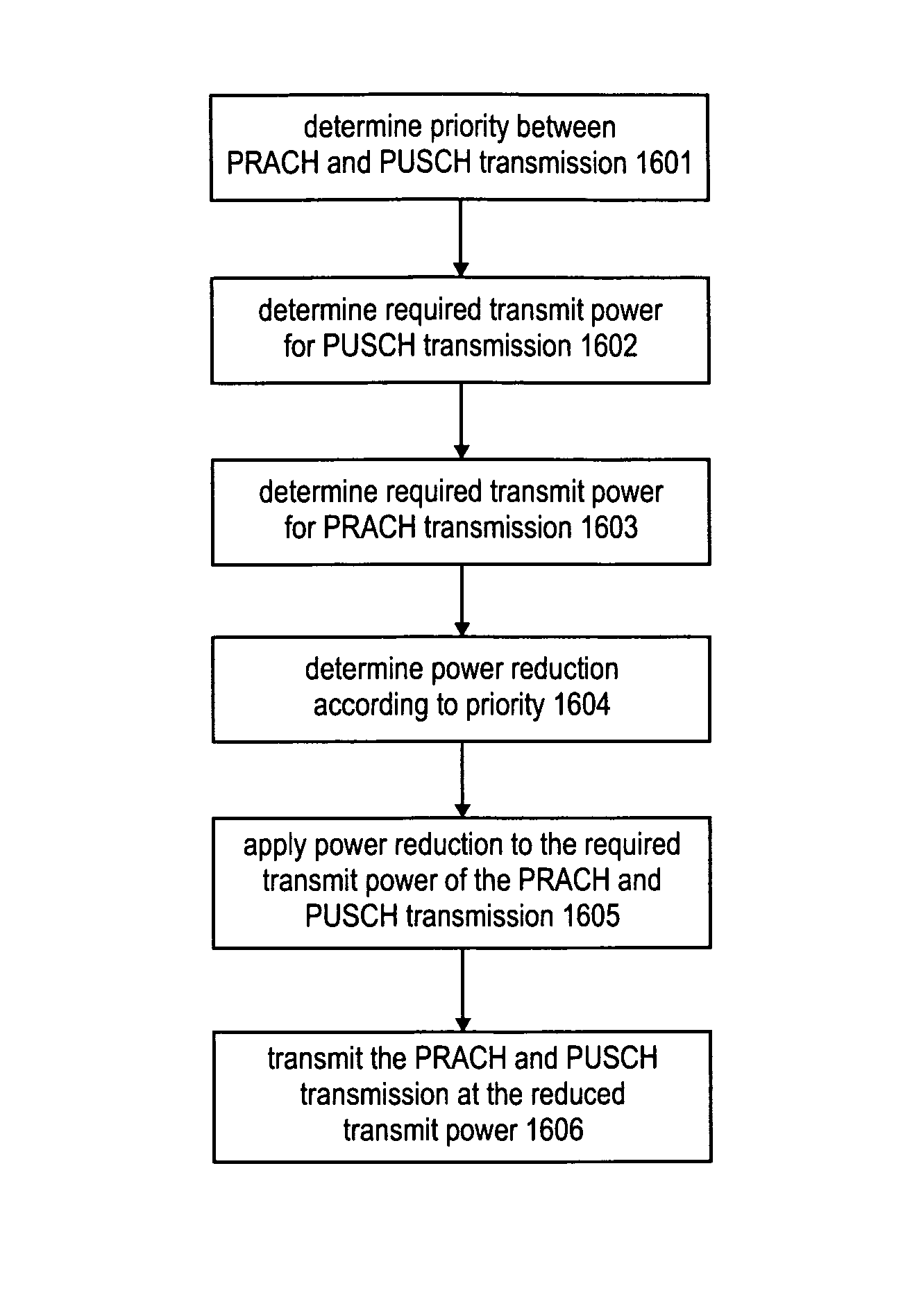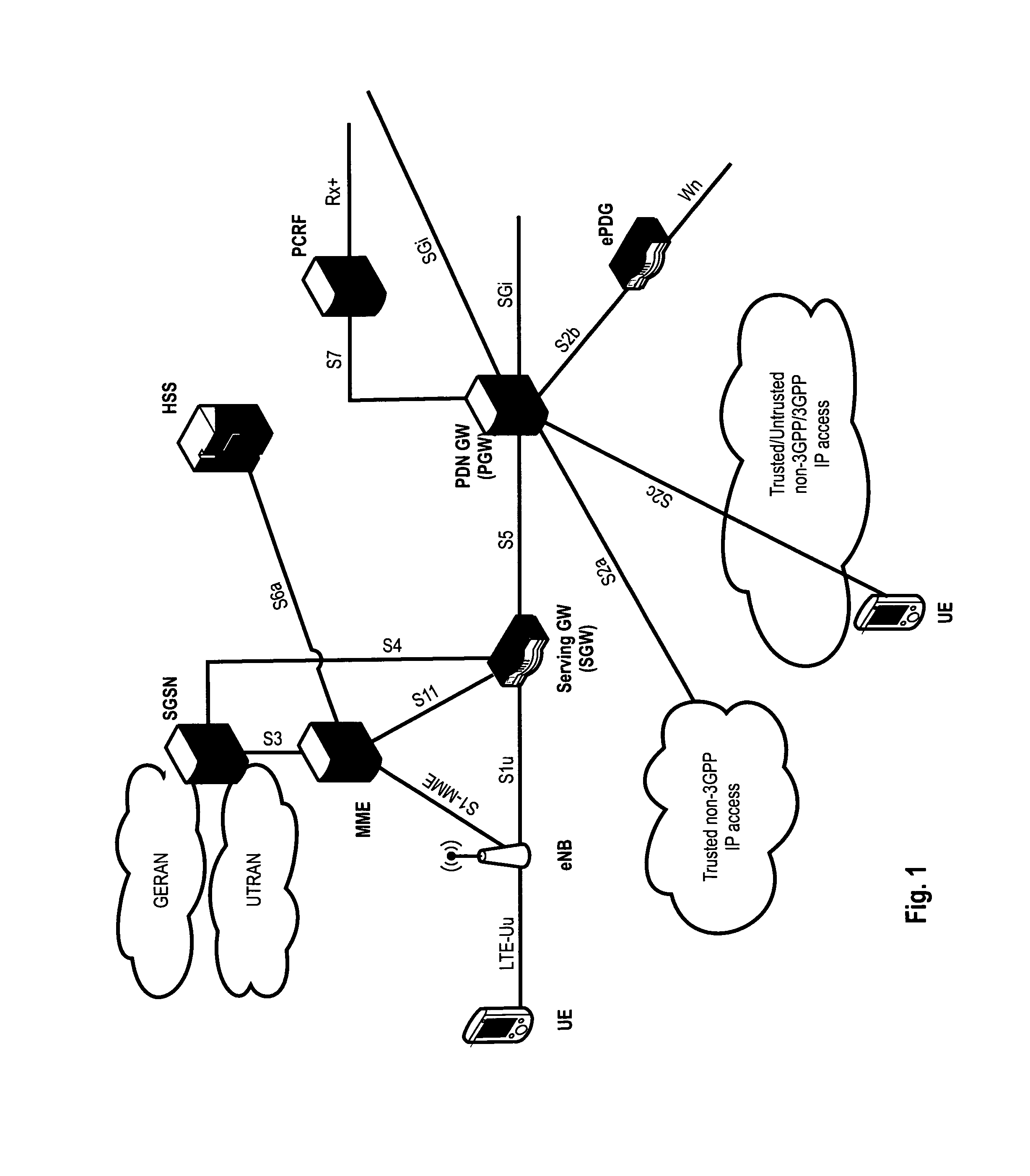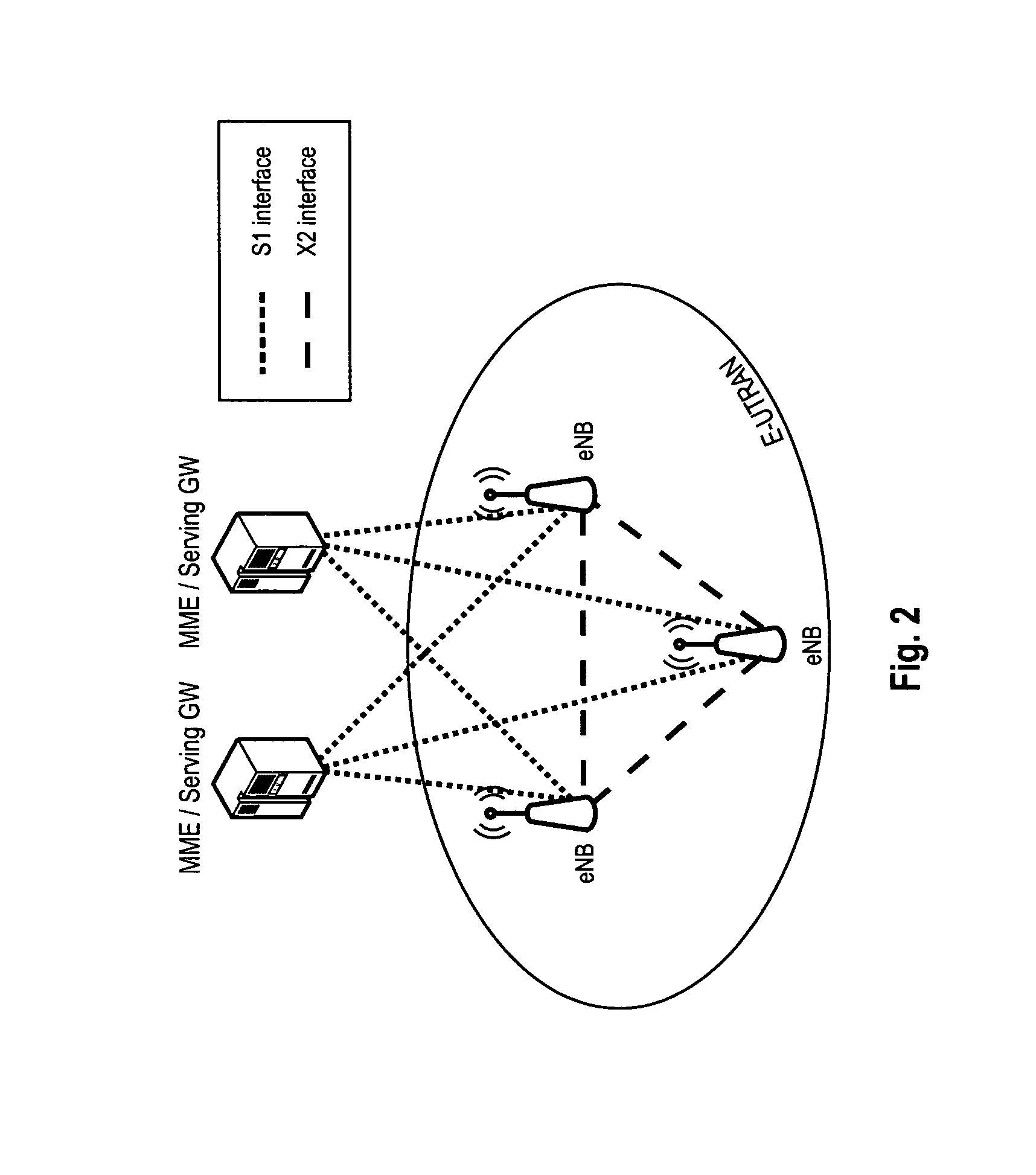Transmit power control for physical random access channels
a technology of power control and random access, applied in power management, electrical equipment, synchronisation arrangement, etc., can solve the problems of inability to transmit any uplink data, starvation of low priority applications, and inability to configure a user equipment with more uplink
- Summary
- Abstract
- Description
- Claims
- Application Information
AI Technical Summary
Benefits of technology
Problems solved by technology
Method used
Image
Examples
Embodiment Construction
[0232]The following paragraphs will describe various embodiments of the invention. For exemplary purposes only, most of the embodiments are outlined in relation to an orthogonal single-carrier uplink radio access scheme according to the LTE-A mobile communication system discussed in the Technical Background section above. It should be noted that the invention may be advantageously used for example in connection with a mobile communication system such as the LTE-A communication system previously described, but the invention is not limited to its use in this particular exemplary communication network.
[0233]The explanations given in the Technical Background section above are intended to better understand the mostly LTE-A specific exemplary embodiments described herein and should not be understood as limiting the invention to the described specific implementations of processes and functions in the mobile communication network. Nevertheless, the improvements proposed herein may be readil...
PUM
 Login to View More
Login to View More Abstract
Description
Claims
Application Information
 Login to View More
Login to View More - R&D
- Intellectual Property
- Life Sciences
- Materials
- Tech Scout
- Unparalleled Data Quality
- Higher Quality Content
- 60% Fewer Hallucinations
Browse by: Latest US Patents, China's latest patents, Technical Efficacy Thesaurus, Application Domain, Technology Topic, Popular Technical Reports.
© 2025 PatSnap. All rights reserved.Legal|Privacy policy|Modern Slavery Act Transparency Statement|Sitemap|About US| Contact US: help@patsnap.com



